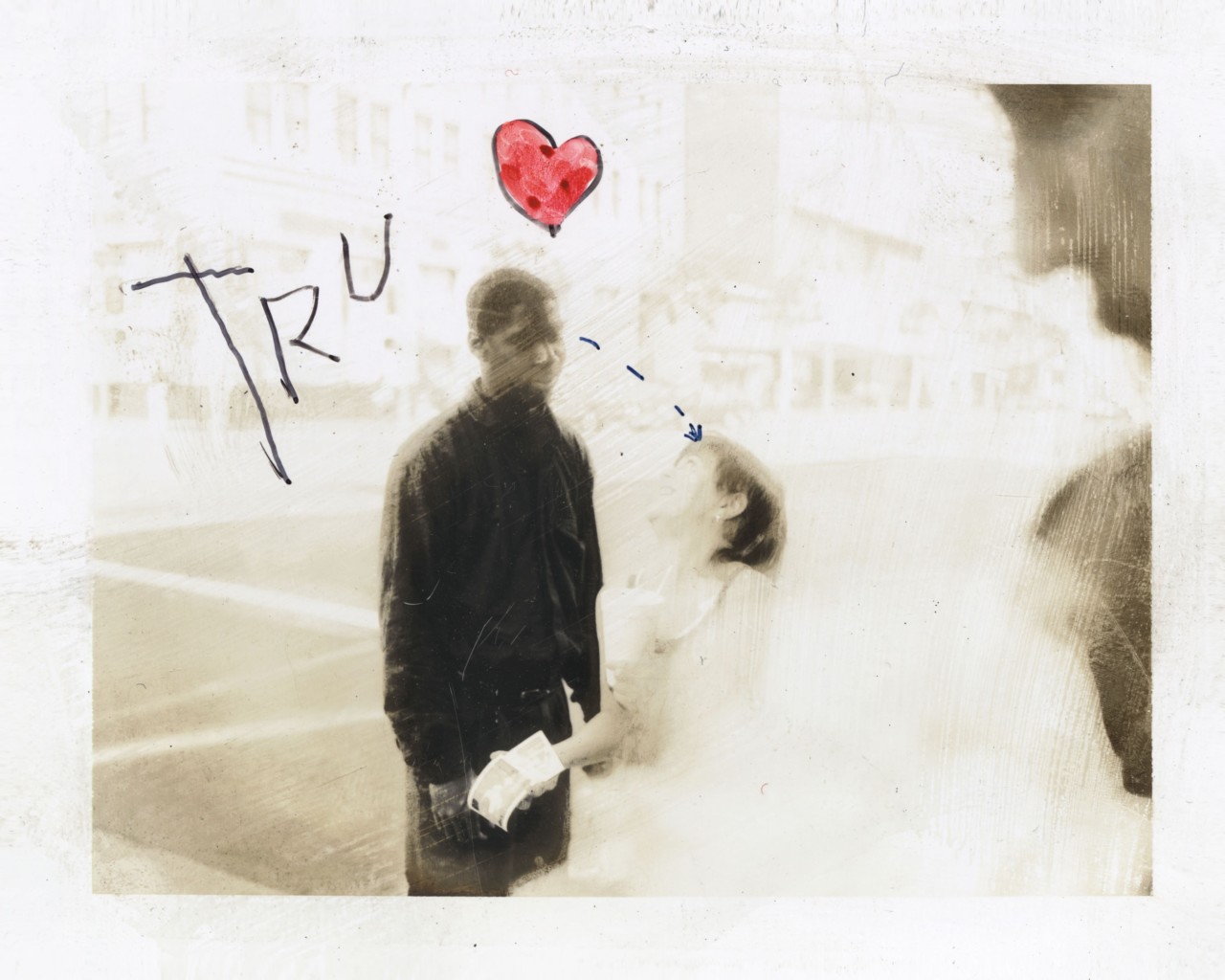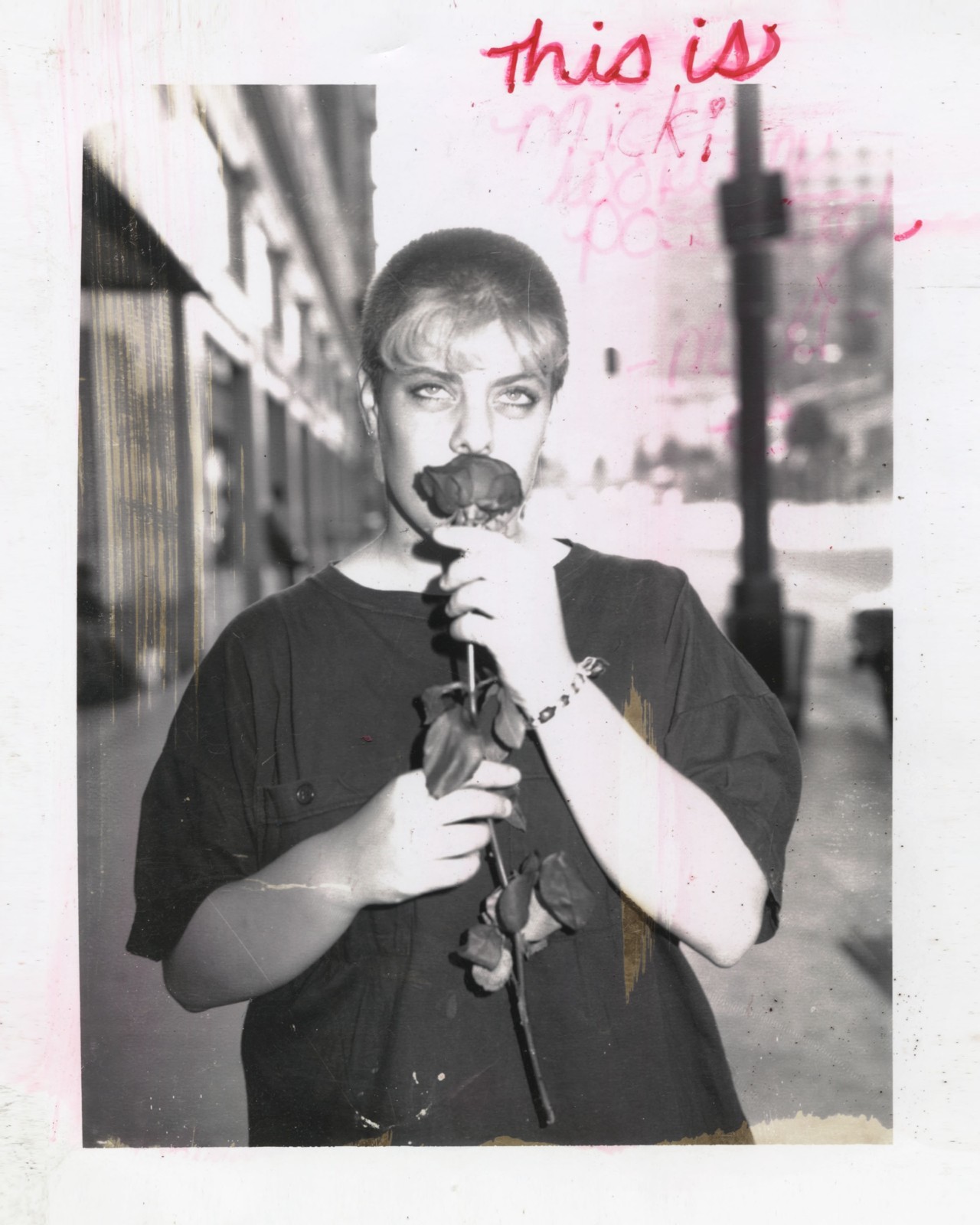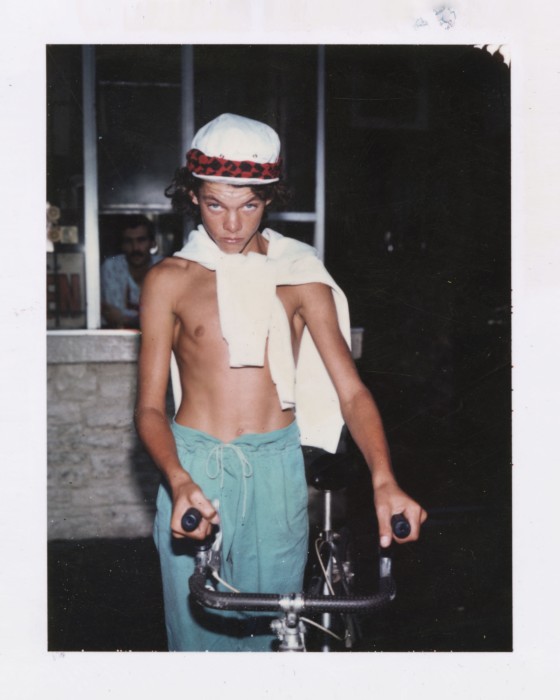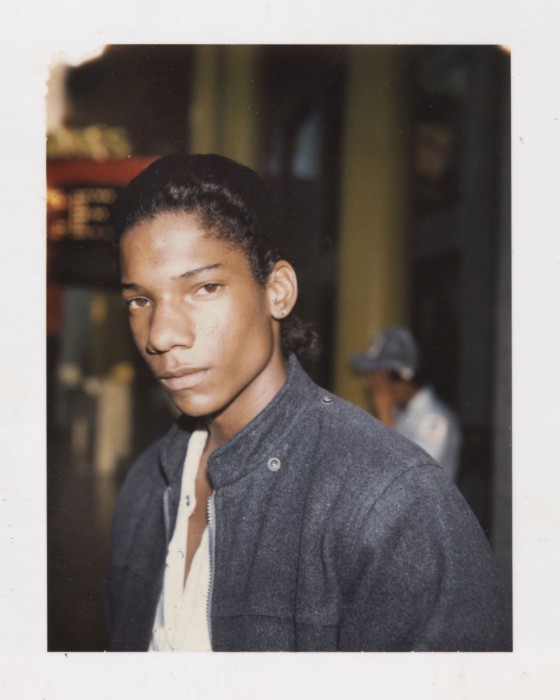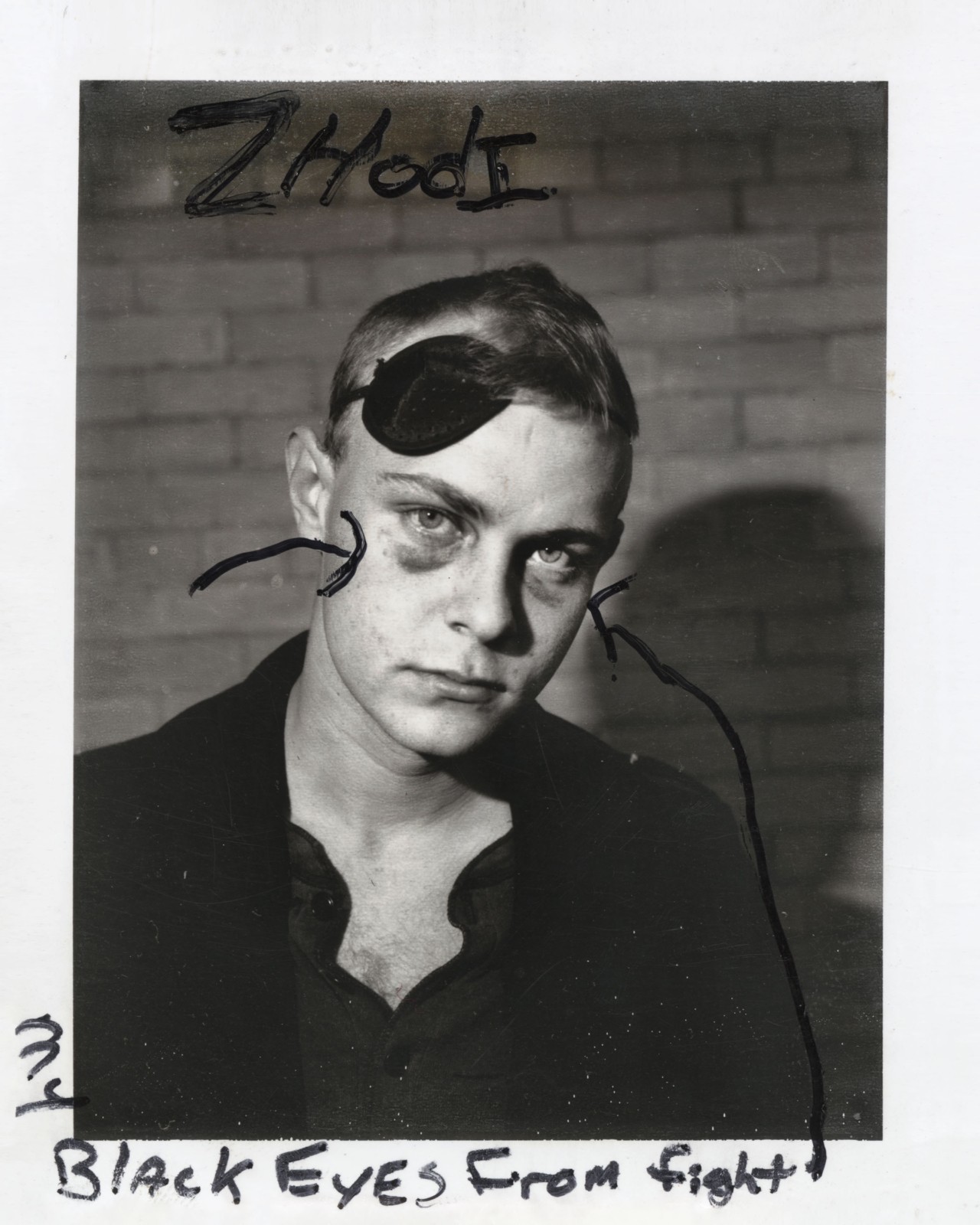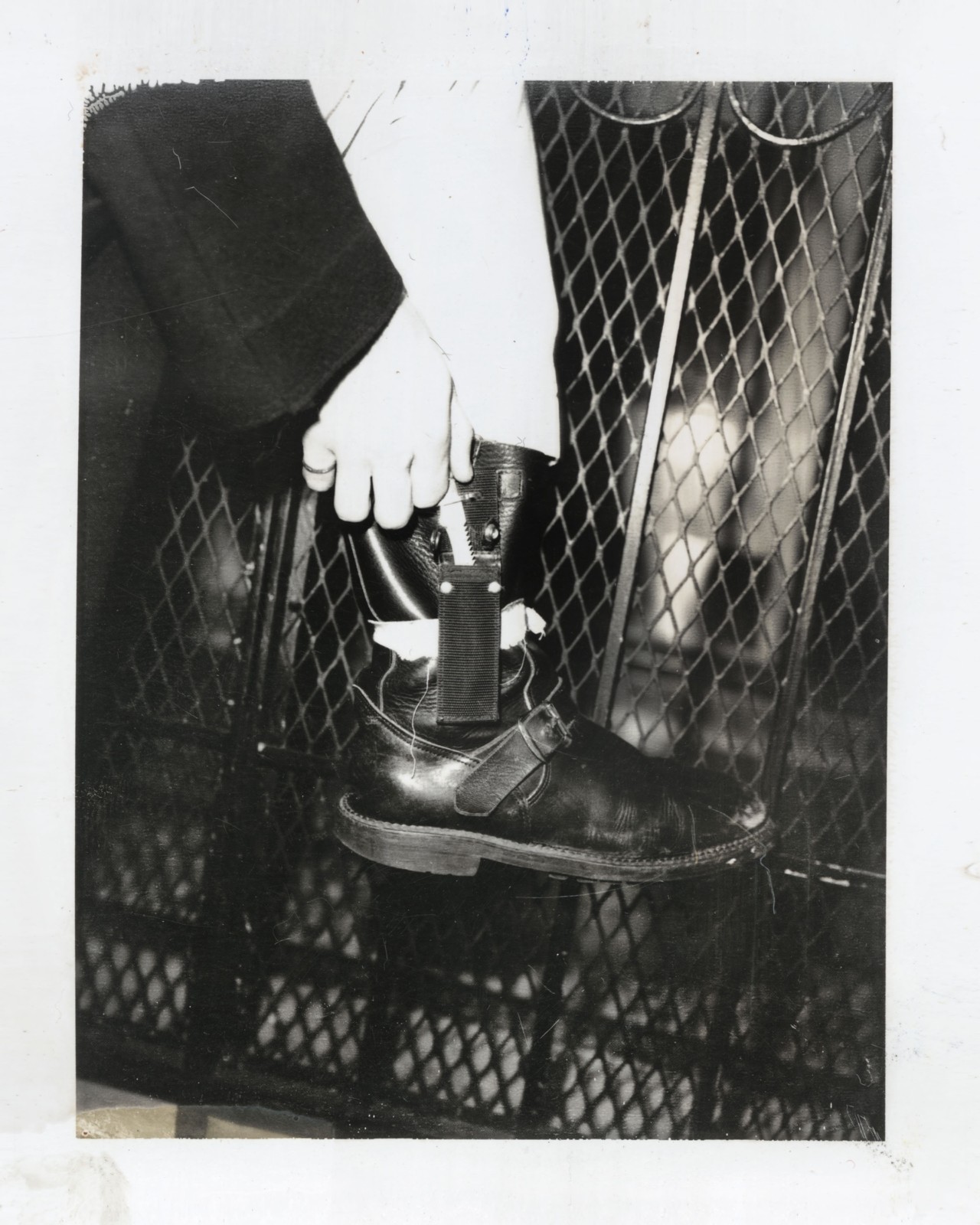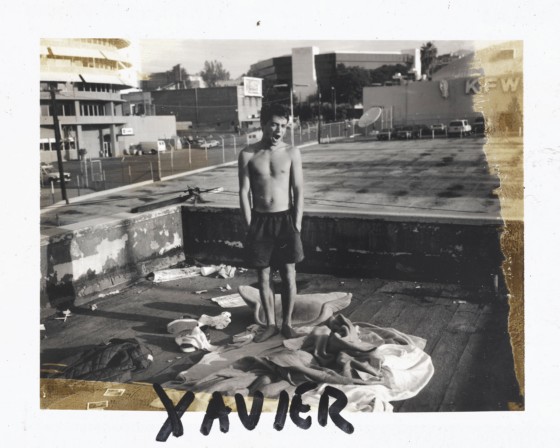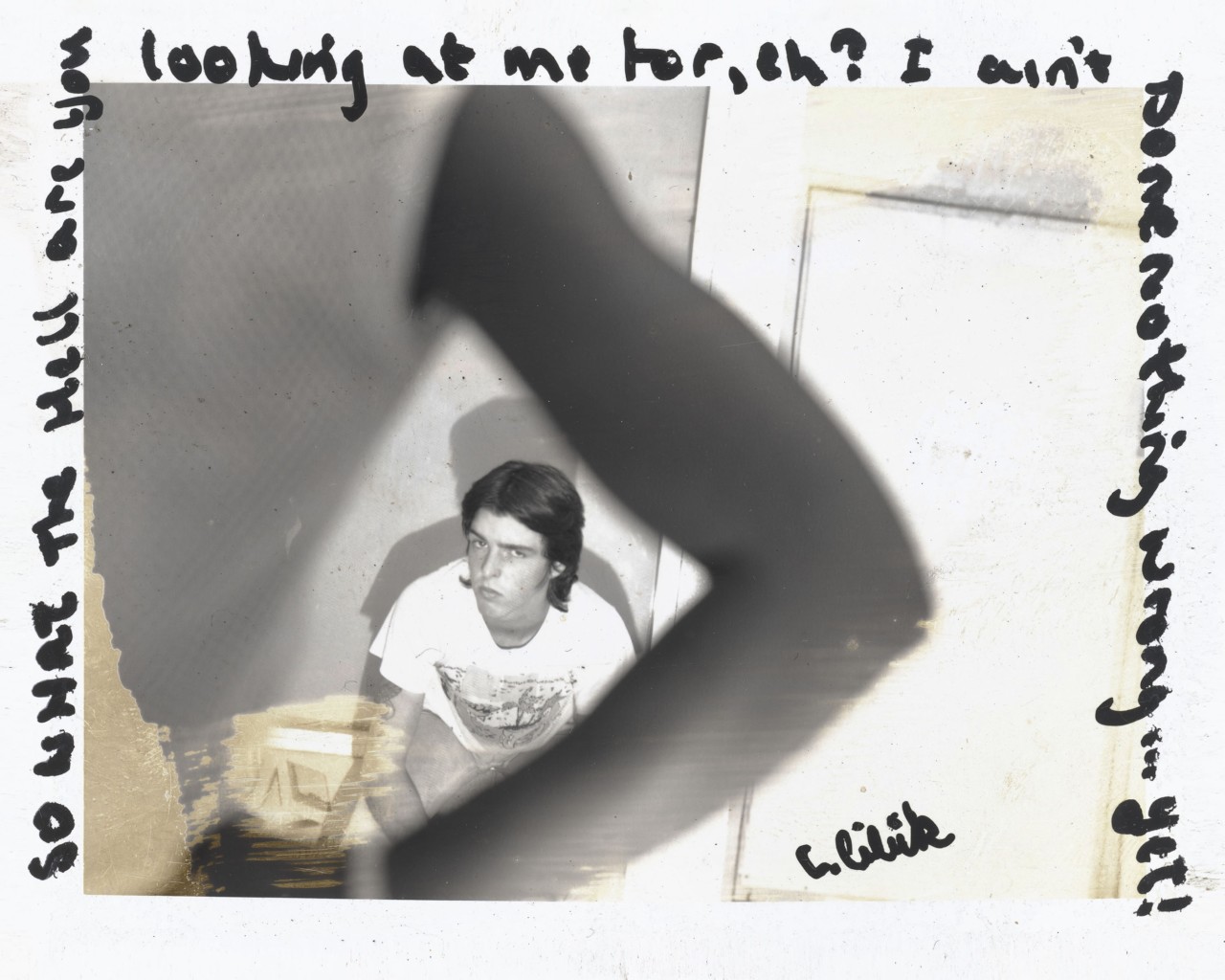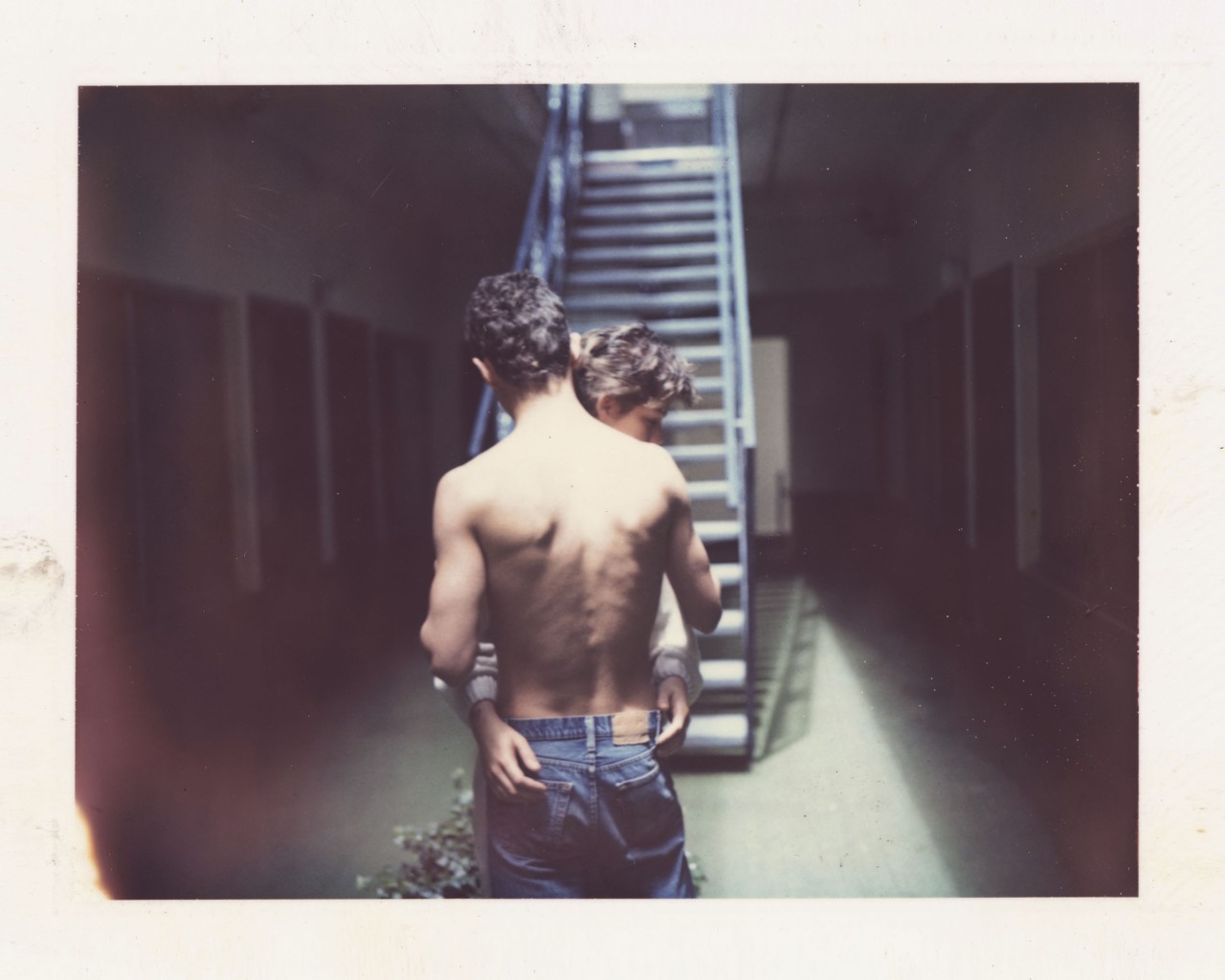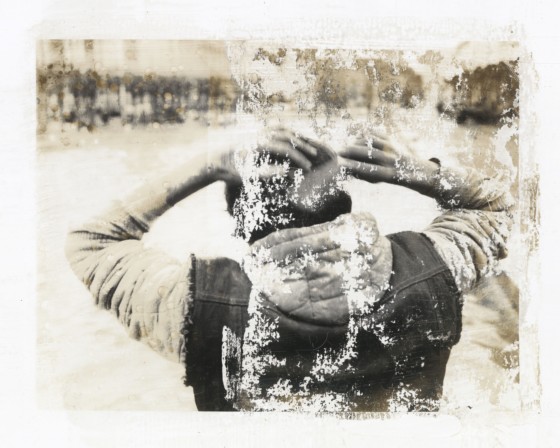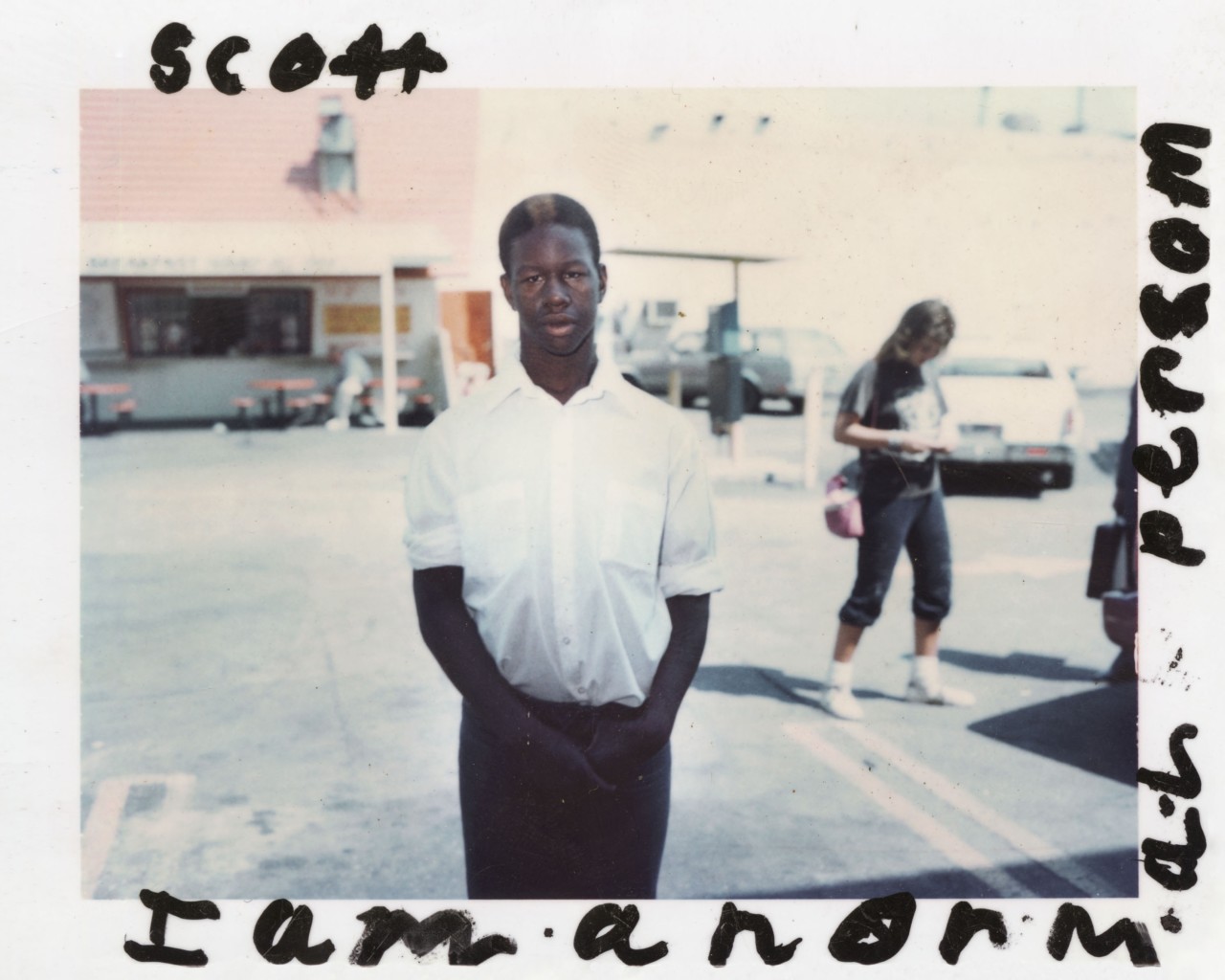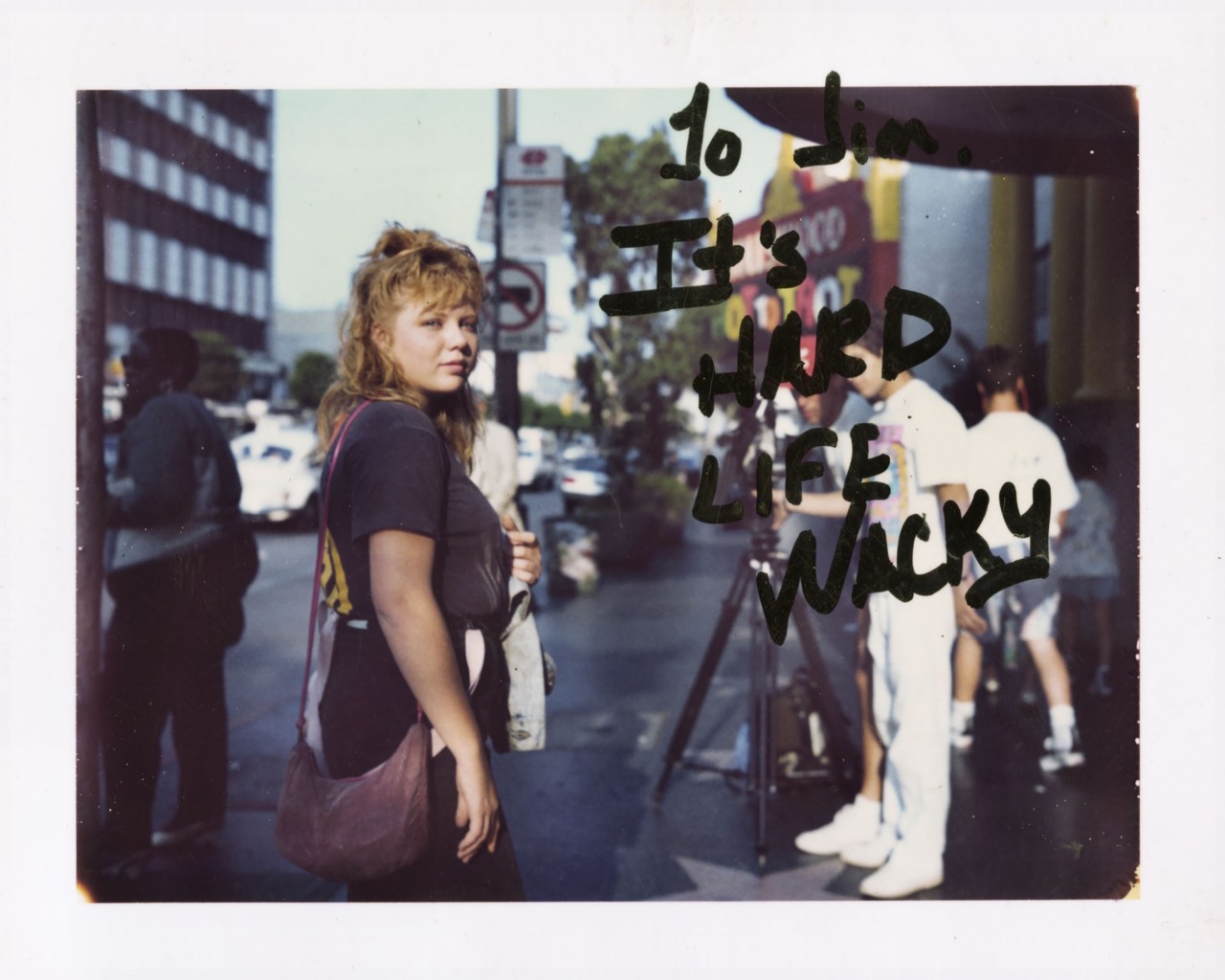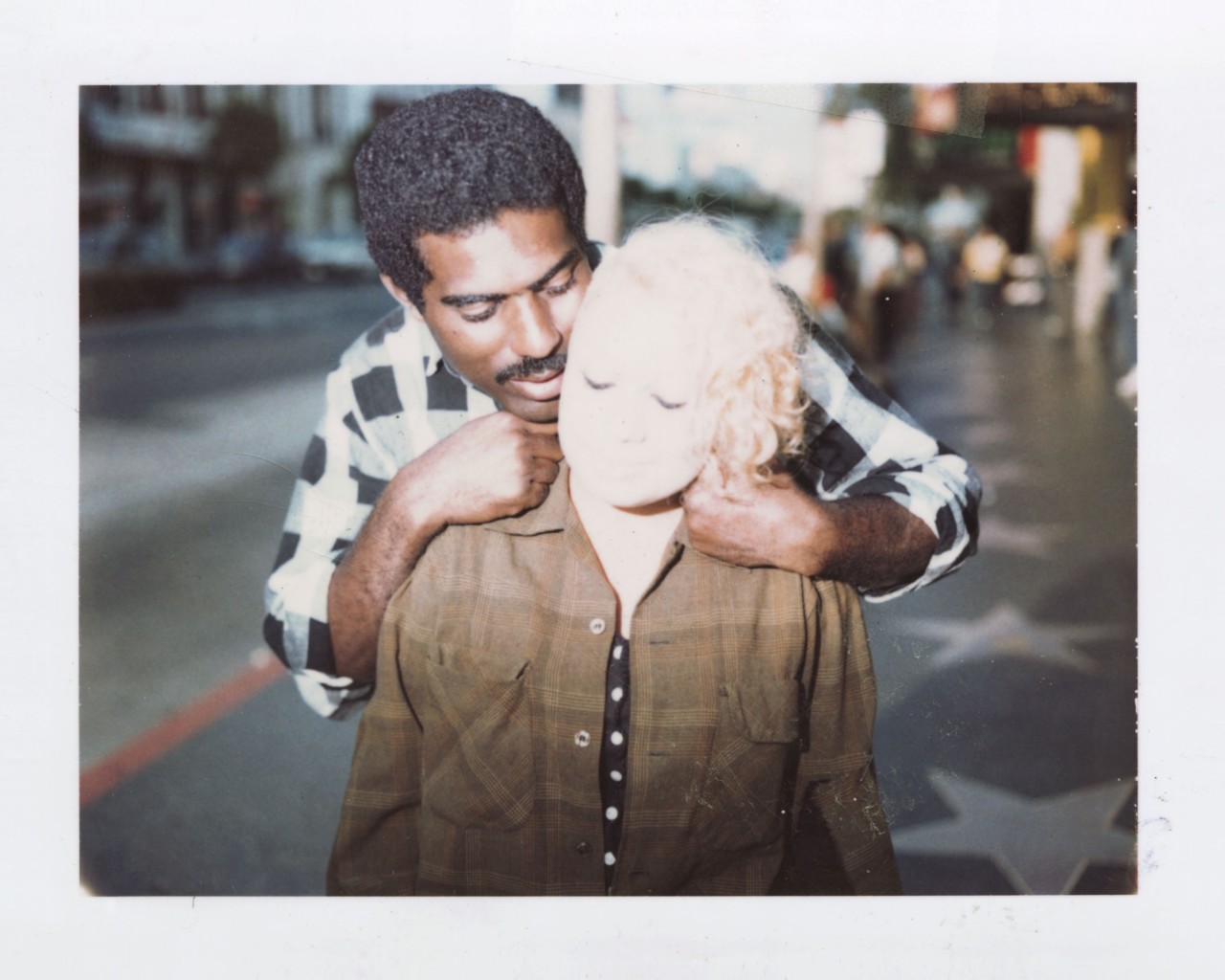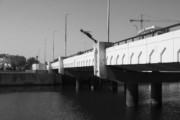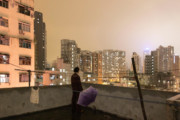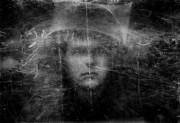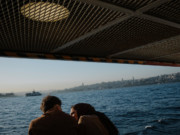Fingerprint: Tracing the Roots of Jim Goldberg’s Raised by Wolves
The photographer behind the classic project documenting youth culture explains how his images work as artifacts, and discusses his collaborative process with his subjects
You can now buy Fingerprint on the Magnum Shop here.
Jim Goldberg’s seminal project, Raised by Wolves, saw the photographer exploring the lives of a community of youths on the streets of California over ten years, incorporating the subjects’ writings and their annotations of photographs alongside his images into the final book. Fingerprint, a new publication from Stanley/Barker, consists of 45 of Goldberg’s never-before-seen Polaroids from the project’s making, reproduced in facsimile.
Here, Miss Rosen discusses Fingerprint and Raised by Wolves with Goldberg, as he dwells on the importance of allowing subjects to guide the process and outcome of the work.
From 1985-1995, Jim Goldberg worked on the streets of Los Angeles and San Francisco getting to know a number of homeless teens, building the relationships that would come to form the basis of Raised by Wolves, the groundbreaking monograph that redefined commonly held notions of documentary work. Weaving together photographs, handwritten notes, drawings, snapshots, found objects, and ephemera into a majestic tapestry, Goldberg crafted a brutally compelling portrait of troubled youth struggling to survive.
Through the stories of protagonists Tweeky Dave and Echo, Goldberg provided visibility, and a voice, to at-risk teens at a time when they were alternatively vilified and marginalized, or erased from most peoples’ awareness, allowing the subjects to control the narrative.
The dazzling sunshine of Southern California and noirish shadows it cast made the perfect visual backdrop for a tale of adolescent antiheroes driven from their homes, fending for themselves on the streets. “The stories that they created about themselves were based on Hollywood, rock and roll, and love stories. Their family on the street was a movie in itself. They were in Hollywood and San Francisco, too. They would flow back and forth and be the new James Deans or Johnny Rottens.”
"The stories that they created about themselves were based on Hollywood, rock and roll, and love stories... They would flow back and forth and be the new James Deans or Johnny Rottens"
- Jim Goldberg
Like the characters it chronicled, Raised By Wolves became one of the most influential albeit elusive photobooks of its time. With only one printing of the original edition, followed by a “bootleg” edition Goldberg himself released in 2016, both books have become collectors’ objects in their own right. “Raised by Wolves is not a work that a lot of people have gotten to see, and yet it still retains its popularity ,” Goldberg says, recognizing the enduring appeal of the work a quarter of a century after it was first released.
Goldberg shows us what lies beneath the surface, underneath the images these young people project into the world, revealing the complex construction of identity itself. Through the handwritten notes and snippets of recorded and transcribed speech, Goldberg preserves voices that may have been otherwise lost in the wind.
"Feeling like an outsider enabled me to evoke stories from the people I worked with because I could relate to them. I always aimed to get to a point where empathy and trust were created… Having people write directly on photos was a way to access their thoughts"
- Jim Goldberg
As a self-identified outsider who came of age in New Haven, Connecticut, during the 1960s, Goldberg sought understanding of what he witnessed unfolding before his very eyes: an increasingly racially and socioeconomically stratified society that failed to live up to the utopian ambitions of its founding, as well as mid-century efforts of urban renewal. Neither a “have” nor a “have-not,” Goldberg adopted the position of the observer.
“I became a natural adherent to photography,” he says. “Feeling like an outsider enabled me to evoke stories from the people I worked with because I could relate to them. I always aimed to get to a point where empathy and trust were created… Having people write directly on photos was a way to access their thoughts. I didn’t realize then that working with text and narrative elements would turn out to be something more integral to my practice for 40-plus years.”
Goldberg began experimenting with text and image for work that would become his first book, Rich and Poor, despite the pushback he received from the establishment. “Some critics saw the union of pictures and words as a betrayal of photography as an art form because the medium was still struggling for acceptance and here I was trying to add to it,” Goldberg says, recounting a 1986 New York Times review that struggled to comprehend the power or purpose of giving photographic subjects such a voice. Fortunately, Goldberg’s commitment to his approach superseded the challenges critics posed.
"While making Raised By Wolves, I would show the kids the pictures I took of them within the maquette and ask, ‘Does this seem right?’ ‘What’s missing?’ or ‘What could I do?’ and they would give me advice. I depended on them to give me honest feedback"
- Jim Goldberg
“When talking about an artist’s mind and the process, it’s nonlinear, it’s unexpected what happens. I try to keep a playful approach and continually try out new strategies.” Through collaboration, Goldberg strives to avoid the negative effects that can come of familiarity with a process when making work, pushing himself to take new perspectives, refusing to remain in a comfort zone. “While making Raised By Wolves, I would show the kids the pictures I took of them within the maquette and ask, ‘Does this seem right?’ ‘What’s missing?’ or ‘What could I do?’ and they would give me advice. I depended on them to give me honest feedback so that I would know the work was as accurate to their lives and to their stories as possible.”
From the beginning, Goldberg shared his work in the most literal sense. “I always gave photos to my subjects. I carried around a little box that I would decorate, and inside would be prints or Polaroids that I would hand out to the kids. When designing the book we decided to include my fingerprints on the outside of the box to represent this.”
The paths we have taken tend to disappear from view, unless we take the time to retrace our steps in search of something new. Goldberg does just this with Fingerprint, a limited edition box set featuring 45 never-before-seen facsimile Polaroids that didn’t all make it into Raised By Wolves.
Back in the 1980s, Polaroids were a photographic anomaly that became a pop culture delight. Too low-fi for the fine art world, Polaroids were a practical industry tool, a fun party favor, and an effective way to build the bond between subject and artist. They prefigured the advent of the digital realm by stoking the pleasures of instant gratification, while simultaneously preserving the analogue nature of the object itself.
“The Polaroids were a special gift, which the kids didn’t get many of,” Goldberg says. “Maybe they could panhandle money that day, but they didn’t have family that gave them gifts. Friends might have given them a meal, a cigarette, or clothing that they found, but a memento like that was special to them.”
The teens recognized Goldberg as a confidant, someone whose vision would share, elevate, and validate their lives. “The people in Raised By Wolves wanted to work with me because they felt like someone was listening who wasn’t a preacher or a social worker, or someone who was telling them they had to go back to school. I appreciated that trust that they gave me and I think it’s reflected in the depth of the work, the stories they told, and the ways they allowed me to document or represent their lives,” he says.
"It gave them a little glimmer of hope in what is not the easiest life: living on the street, having to hustle for money, not knowing when you will eat or where you will sleep, not knowing what you do if you have a toothache or if it rains, how to stay safe if you’re a girl and you’re all alone..."
- Jim Goldberg
“It gave them a little glimmer of hope in what is not the easiest life: living on the street, having to hustle for money, not knowing when you will eat or where you will sleep, not knowing what you do if you have a toothache or if it rains, how to stay safe if you’re a girl and you’re all alone. With Raised By Wolves, I tried to pull the curtain away and talk about issues of neglect and abuse and show the breadth of reasons why these kids were running from home. Often it was because of abuse, or the pursuit of Hollywood dreams, or coming out to their parents and being kicked out. It was all as rough and raw as they were. They literally wore their vulnerabilities: how they renamed themselves for the street, the clothes they wore, the fortifications they put in their personalities or on their bodies to show that they were tough even though inside they were fragile like everybody else.”
“I think that I’m less naïve than I was at the beginning, but I am no less optimistic,” Goldberg reflects. “I think an artist can strive to create a language that allows other people to express their stories, their dreams, their aspirations, their values, their fears in a different way. Through that – perhaps – the world is changed in small ways.


